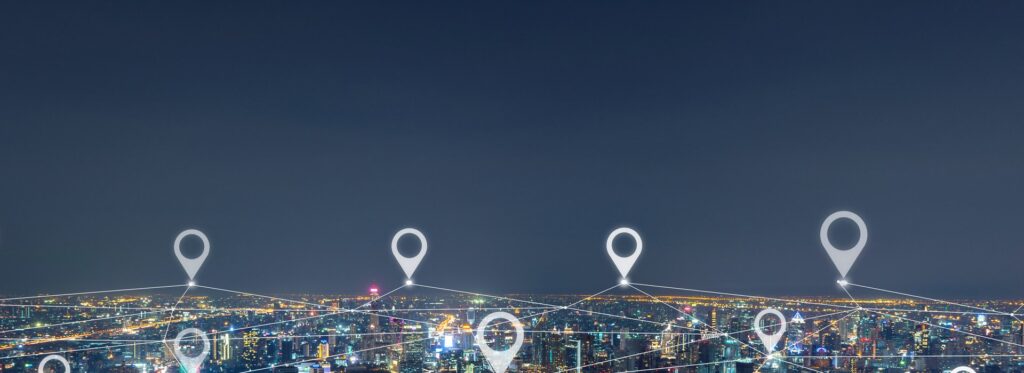DYNAMICS 365 CRM CONSULTING
How to Choose the right 311 Solution: Part 2 – A Comprehensive Guide

Choosing the Right 311 Solution
Welcome to the second installment in our four-part series on choosing the right 311 solution. In today’s fast-paced world, cities and municipalities need efficient ways to handle non-emergency requests from residents. A 311 solution serves as a vital tool for managing these requests, ensuring that issues are addressed promptly and effectively. When choosing a 311 solution, it’s crucial to understand the incident response processes and how they vary by channel and incident type. Let’s dive into these aspects to help you make an informed decision.
Incident Response Processes
The incident response process in a 311 system typically involves several key steps:
- Intake: This is the initial stage where the request is received. It can come through various channels such as phone calls, mobile apps, websites, or social media.
- Categorization: Once the request is received, it needs to be categorized based on the type of incident. This helps in routing the request to the appropriate department.
- Assignment: The categorized request is then assigned to the relevant team or department responsible for addressing the issue.
- Resolution: The assigned team works on resolving the issue. This may involve field visits, repairs, or other actions depending on the nature of the request.
- Closure: After the issue is resolved, the request is closed, and the resident is informed about the resolution.
- Feedback: Some systems also include a feedback mechanism where residents can provide their input on the service received.
- Analysis: No system or process is perfect but conversely, we can always improve. Collecting good data on the 311 process and analysing it to see where improvements can be made is vital. As the saying goes… “What is measured improves”.
Your community will likely have processes of its own. The key is to identify what your current processes are (particularly if they are not clearly documented already) and, more importantly, how you would like them to change and improve as part of implementing a new 311 solution.
Variation by Channel
The incident response process can vary significantly depending on the channel through which the request is received:
- Phone Calls: Requests made via phone calls often require live agents to handle the intake process. This can be more time-consuming but allows for immediate clarification and categorization of the issue. One of the advantages of a human operator is they can make sensible decisions and adapt to just about any circumstance. Sometimes operators can resolve and close a call immediately.
- Virtual Agents: Also knownas Chatbots, Virtual Agents can provide a very cost-effective 24/7/365 channel that handles a subset of problems that, for example, recur frequently. Chatbots are not for everyone, but a well designed and maintained chatbot can handle the most mundane and repetitive enquiries leaving the interesting or difficult calls for people to handle.
- Mobile Apps: Mobile apps streamline the intake process by allowing residents to submit requests with photos and GPS data. This can speed up categorization and assignment.
- Websites: Similar to mobile apps, websites provide a structured form for residents to submit their requests. However, they may lack the immediacy and convenience of mobile apps.
- Social Media: Requests via social media can be challenging to manage due to the informal nature of the platform. They require constant monitoring and quick categorization to ensure timely responses. Your citizens, however, may really appreciate the flexibility (and transparency) that social channels provide.
Some of these channels will lead into a central ‘queue’ or set of processes with common steps to resolution, but each channel will also have its own unique elements. It is very important to plan in detail for processes that suit your community’s size, your resources, and other special traits that matter for you.
Variation by Incident Type
Lastly, different types of incidents may require different response processes:
- Maintenance Issues: For issues like potholes or broken streetlights, the process involves categorization, assignment to maintenance teams, and physical repairs.
- Public Safety Concerns: Incidents related to public safety, such as suspicious activities or hazardous conditions, may require immediate attention and coordination with law enforcement or emergency services.
- Service Requests: Requests for services like garbage collection or tree trimming follow a more routine process, with predefined schedules and procedures for resolution.
- Complaints: Handling complaints often involves a more detailed investigation and may require coordination between multiple departments to address the underlying issues.
Conclusion
Choosing the right 311 solution involves understanding the intricacies of incident response processes and how they vary by channel and incident type. By considering these factors, you can select a solution that ensures efficient and effective handling of resident requests, ultimately leading to a more responsive and satisfied community.
It is also inevitable that your processes will change over time as your community also inevitably changes. A 311 solution must be flexible so you can adapt to whatever the future brings.
Stay tuned for our next post in this series!